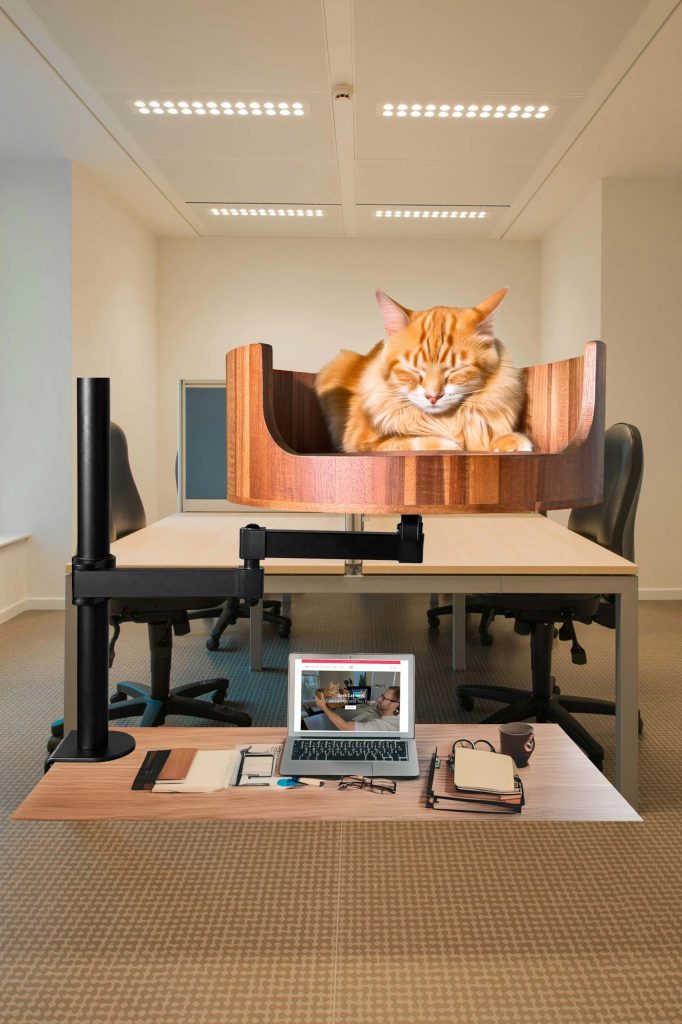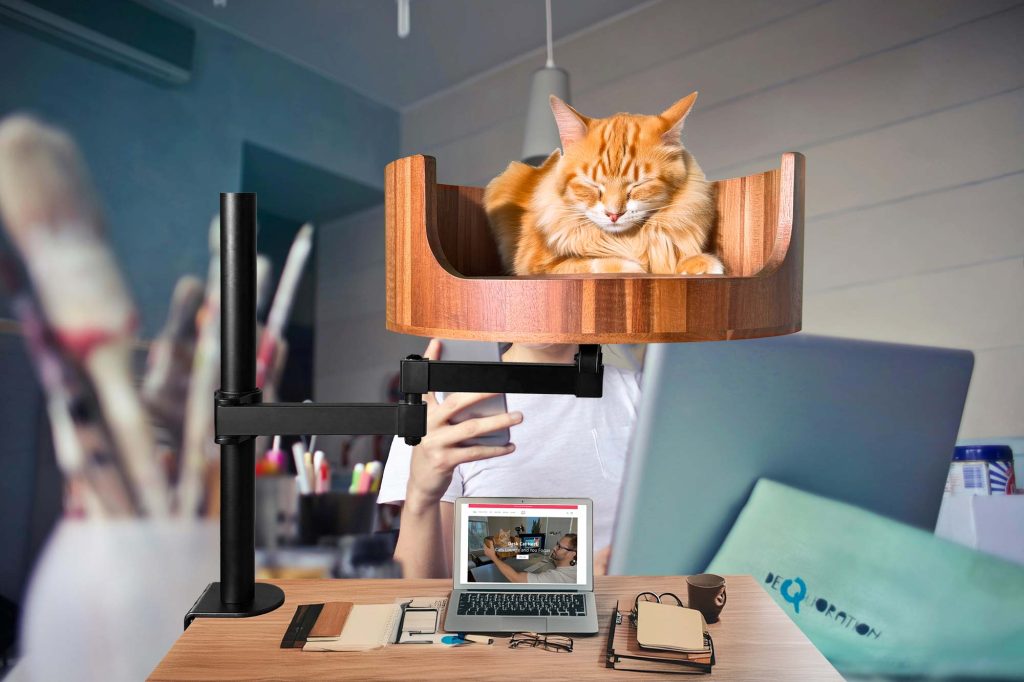If you’ve ever observed your cat’s tail shiver or quiver, you may have wondered about the significance of this behavior. Cat tail shivers are just one way that our feline friends communicate their emotions to us. In this article, we will explore the fascinating world of cat tail shivers and what they can tell us about our beloved pets’ moods and feelings.
From excitement to fear, relaxation to aggression, a cat’s tail can provide valuable insights into their emotional state. By understanding the subtle nuances of tail movements, cat owners can develop a deeper bond with their furry companions and provide them with the care and attention they need. Whether your cat’s tail is standing straight up with a slight quiver or flicking back and forth rapidly, each movement carries its own message that can help decode your cat’s emotions. Join us as we delve into the complexities of cat tail shivers and gain a better understanding of our feline friends’ inner worlds.
1. Cat tail shivers are a form of communication unique to felines, signaling various emotions and intentions.
2. Understanding the different types of tail shivers can help pet owners interpret their cat’s feelings more accurately.
3. Tail shivers can indicate excitement, anxiety, fear, aggression, or affection, depending on the context and other body language cues.
4. It is essential to pay attention to the overall body language of a cat, in addition to tail shivers, to fully understand their emotions.
5. By observing and interpreting cat tail shivers, pet owners can strengthen their bond with their feline companions and respond appropriately to their needs.
Understanding Cat Tail Shivers
One common behavior that many cat owners observe in their feline companions is the tail shiver. This is when a cat’s tail quivers or shakes slightly, often when they are excited, scared, or feeling particularly playful. It’s important to understand the different emotions that can be expressed through tail shivering and how to interpret your cat’s body language accurately.
Excitement and Playfulness
When a cat is feeling excited or playful, they may exhibit tail shivers as a way to release excess energy and show their enthusiasm. This behavior is often accompanied by other signs of playfulness, such as dilated pupils, a puffed-up tail, and a crouched stance. By recognizing these cues, you can engage with your cat in interactive play and provide them with the mental stimulation they need to stay happy and healthy.
Fear and Anxiety
In some cases, tail shivering can indicate that a cat is feeling scared or anxious. This may be triggered by loud noises, unfamiliar surroundings, or interactions with other animals. It’s important to create a safe and secure environment for your cat to help them feel more at ease. Providing hiding spots, calming pheromones, and gentle reassurance can help reduce their stress and prevent further episodes of tail shivering.
Medical Issues
In rare cases, tail shivering may be a sign of an underlying medical issue that requires attention from a veterinarian. Conditions such as hyperthyroidism, nerve damage, or arthritis can cause involuntary muscle movements in a cat’s tail. If you notice persistent or extreme tail shivering, it’s important to schedule a check-up with your vet to rule out any potential health concerns and ensure that your cat receives the necessary treatment.
## Desk Cat Nest FAQ
### What are cat tail shivers?
Cat tail shivers are involuntary twitches or shivers in a cat’s tail that may indicate various things such as excitement, anxiety, or even a medical issue.
### How can a Desk Cat Nest help with cat tail shivers?
A Desk Cat Nest provides a cozy and comfortable place for your cat to relax and destress, which can help reduce anxiety and potentially decrease the occurrence of tail shivers.
### Is a Desk Cat Nest safe for my cat?
Yes, Desk Cat Nests are designed with the safety and comfort of cats in mind. They are made with durable materials that are safe for your cat to use.
### Will a Desk Cat Nest completely eliminate cat tail shivers?
While a Desk Cat Nest can help reduce anxiety and stress in your cat, it may not completely eliminate cat tail shivers. It is always best to consult with a veterinarian if you notice persistent or concerning symptoms in your cat.
### How do I introduce my cat to a Desk Cat Nest?
To introduce your cat to a Desk Cat Nest, place it in a quiet and comfortable area where your cat likes to relax. Encourage your cat to explore the nest with treats or toys to make it a positive experience.
In conclusion, a Desk Cat Bed is a valuable choice for cats experiencing tail shivers. Not only does it provide a cozy and comfortable space for your feline friend to relax, but it also offers a safe and secure environment for them to feel at ease. By providing a designated space for your cat to rest, the Desk Cat Bed can help alleviate stress and anxiety, ultimately reducing the occurrence of tail shivers. Additionally, the elevated design can keep your cat warm and cozy, helping to regulate their body temperature and support overall wellbeing. Investing in a Desk Cat Bed is a beneficial choice for both you and your furry companion, promoting a happy and healthy environment for your beloved pet.


